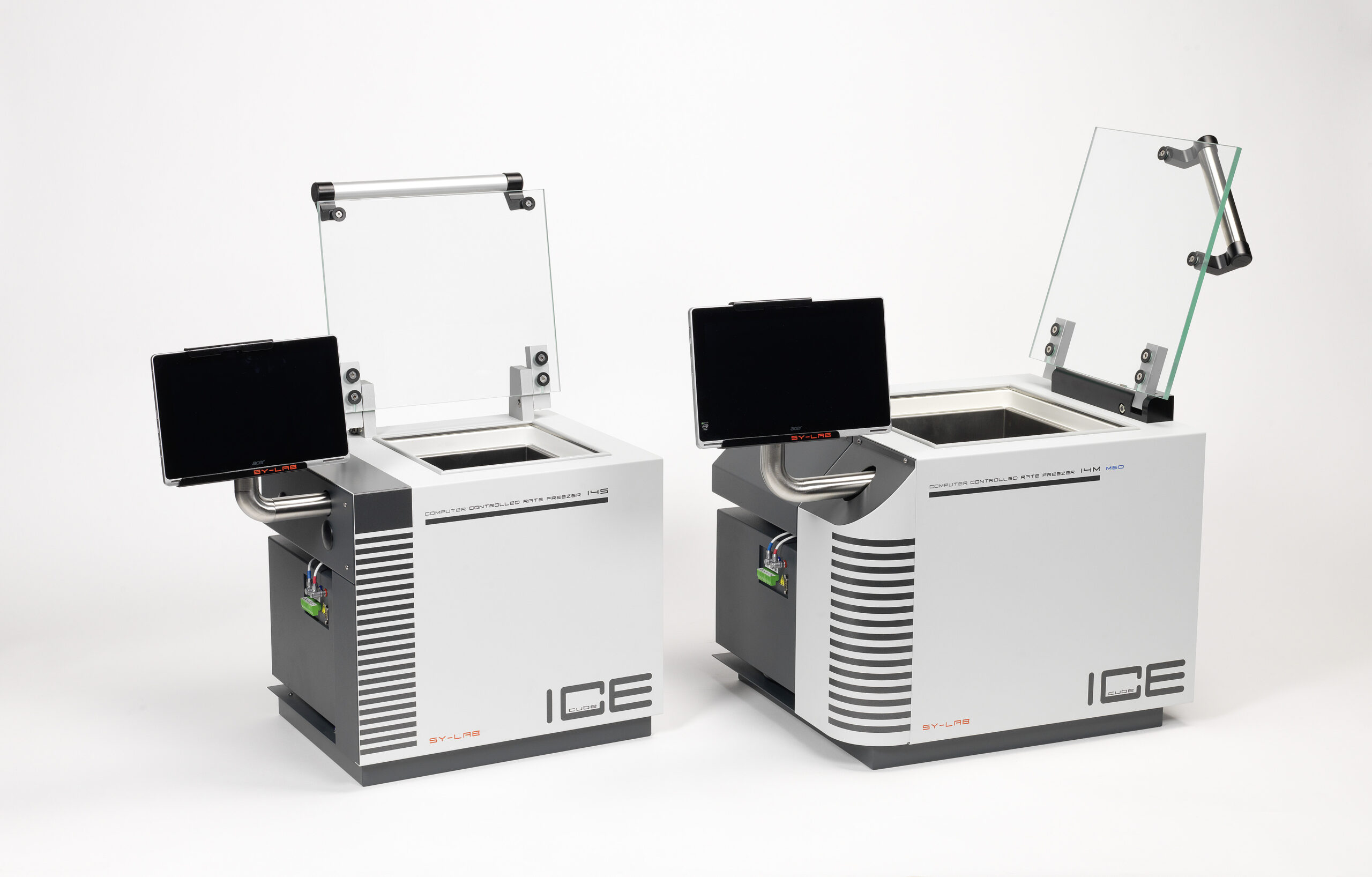
How Cord Blood Banks Protect their Storage Tanks
Training & Webinar
How Cord Blood Banks Protect their Storage Tanks
Within the past year, there have been two big stories in the news about biobanks where the storage tanks were accidentally allowed to warm up for a prolonged period of time, leading to the destruction of the cryogenically preserved cells and tissues which they held. The first incident happened at a cord blood bank in Singapore that is owned by the company Cordlife Group Limited1. An inspection by the Ministry of Health discovered that a number of temperature excursions had gone undetected in seven of 22 storage tanks1. An in-depth investigation, which is still ongoing, found that 5,300 cord blood units in one storage tank and a few units in a dry shipper where no longer viable2. The second incident happened at the Karolinska Institutet for research in Sweden3. During the Christmas holiday of 2023, the valve which allows for automatic refilling of liquid nitrogen was turned off as part of construction work, and it was not turned back on for several days due to a lack of clarity as to who was responsible for the freezer maintenance during this time period3. This failure led to a warm up in 16 cryogenic tanks which destroyed 34,400 biobank samples, 3,800 samples from animal models, 2,600 samples from cell lines and 6,300 samples with manipulated/edited cell lines3. To learn more about cord blood banking, visit Parent's Guide to Cord Blood Foundation at https://parentsguidecordblood.org/en/news/how-cord-blood-banks-protect-their-storage-tanks











.png)